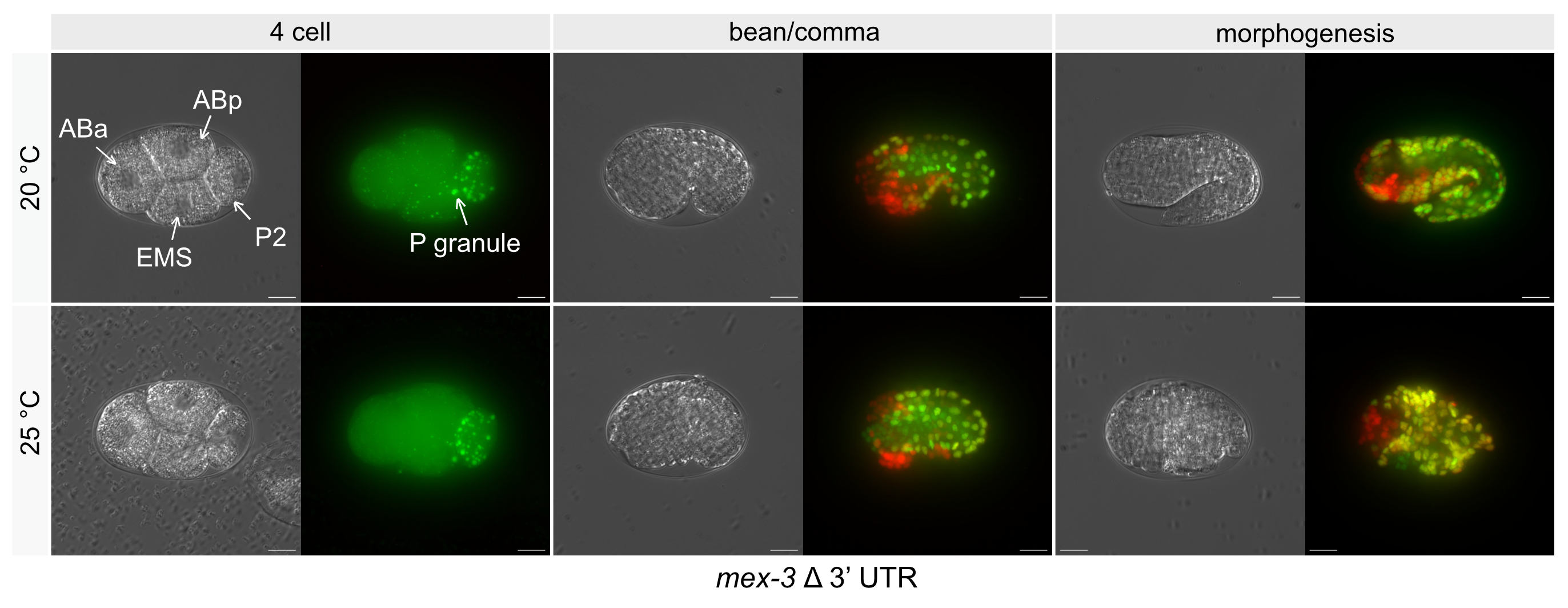What factors govern the temperature dependence of embroygenesis?
Thermoregulation is critical for sexual reproduction throughout the plant and animal kingdoms. Mammals evolved external testicles to ensure that spermatogenesis occurs below body temperature. In chickens and mice, short exposure to thermal stress results in prolonged reduction of sperm concentration. In cows, ovulation and implantation are compromised in warmer seasons. In humans, temperature stress can impact gestational health and developmental consequences in the children of affected mothers. Ectotherms, which do not thermoregulate, employ a variety of adaptations to ensure robust embryogenesis in thermal stress. Hornets regulate hive temperature by beating their wings at the nest entrance to ensure adequate ventilation. Turtle embryos reorient inside of the shell to ensure optimal temperature. In certain reptiles and fish, sex determination is controlled by external temperature cues. Although it is generally accepted that thermoregulation is fundamental to reproductive success, the molecular mechanisms that protect gametes and embryos from thermal stress are not well understood. With rising temperatures and frequent new all-time high temperatures, the potential of climate change to impact biodiversity, food security, and human reproductive health must not be ignored.

It has long been known that reproduction of the nematode C. elegans is sensitive to environmental temperature. L1 larva that experience temperature stress enter an alternative life cycle, producing temperature resistant “dauer” larva that can persist for long periods of time before re-entering the path to adulthood when conditions are more favorable. Adult worms display a variety of reproductive defects when faced with elevated temperatures. Chronic heat stress prevents embryo development and hatching. At lower temperatures, chronic heat exposure causes transgenerational sterilization, meaning the progeny of stressed adults are sterilized. In general, the higher the temperature and the longer the exposure, the more significant the impact of stress is to reproductive fecundity. The underlying mechanisms behind these phenomena are not clear, but the types of defects and their timing during the reproductive cycle suggest an important role for maternal gene products. We seek to identify and characterize the molecular pathways that control reproductive robustness to thermal stress, focusing on maternal mRNAs and proteins.
Recent Publications:
Brown, H.E., Varderesian, H.V., Keane, S., and Ryder, S.P.*, (2024) The mex-3 3’UTR is essential for reproduction during temperature stress. BioRxiv https://doi.org/10.1101/2024.04.01.587367

